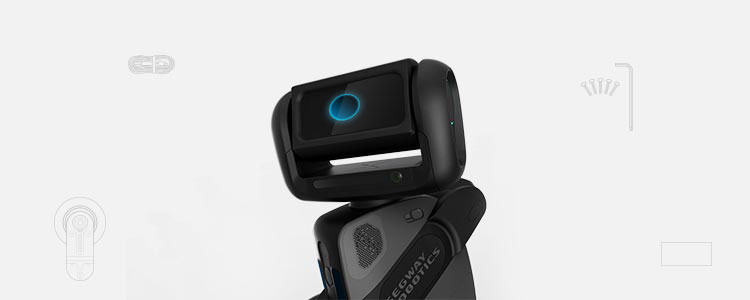Loomo SDK
Setup Development Environment
Getting Started
Before you start developing your applications, you need a simple development environment. This section will demonstrate the initial setup.
Preparation
Loomo runs on the Android operating system. So developers need to use Android Studio as a development tool. You can view the official Android Studio page here: https://developer.android.com/studio/index.html
Download and install Android Studio from the Android Developer website and configure the Android SDK. While configuring the SDK, make sure the Android 5.1 (API Level 22) development kit is installed.

Note: If you want to implement a part of your app using native code such as C and C++, download and configure the Android NDK. For more information about the Android NDK, see:
https://developer.android.com/ndk/index.html
Building Your First App
After the installation and the environment setup, you need to learn how to create an Android project with Android Studio and run a debuggable version of the app. For details on how to build your first Android app, see:
https://developer.android.com/training/basics/firstapp/index.html
Import Loomo SDK
Loomo provides developers with the SDK for each of its features. You only need to add their dependencies in the build.gradle file.
Here is the recommended stable SDK dependency snippet:
dependencies {
implementation 'com.segway.robot:visionsdk:0.6.607'
implementation 'com.segway.robot:speech-sdk:0.5.329'
implementation 'com.segway.robot:headsdk:0.6.814'
implementation 'com.segway.robot:basesdk:0.6.814'
implementation 'com.segway.robot:sensorsdk:0.6.814'
implementation 'com.segway.robot:robot-connectivity-sdk:0.5.122'
implementation 'com.segway.robot:mobile-connectivity-sdk:0.5.122'
implementation 'com.segway.robot:emoji:0.1.29'
implementation 'com.segway.robot:support-lib:1.1.2'
}The lastset SDK dependencies are available in mvnrepository.com/... The recommended stable SDK version is the best.
